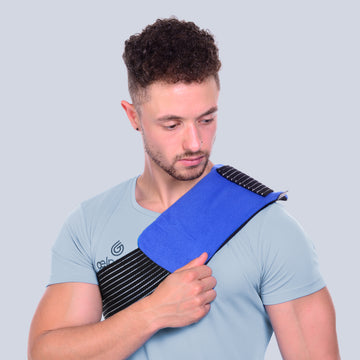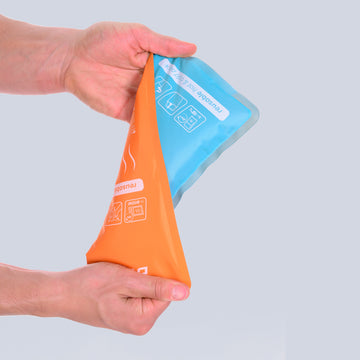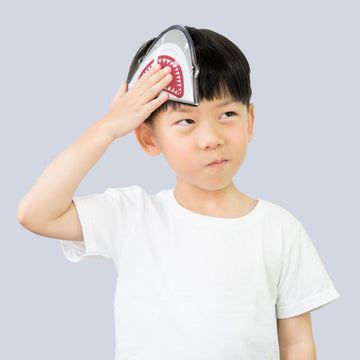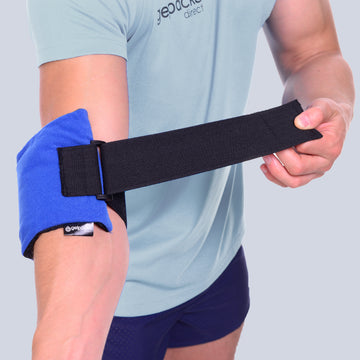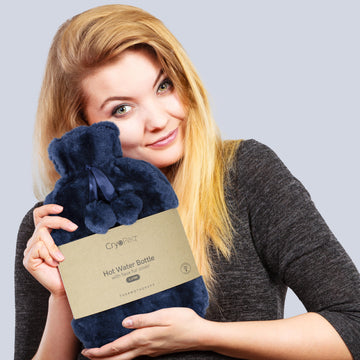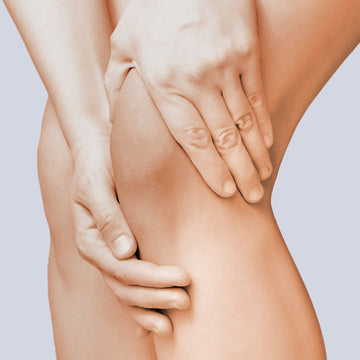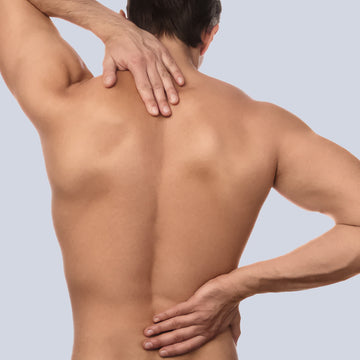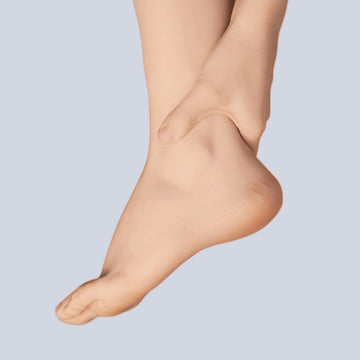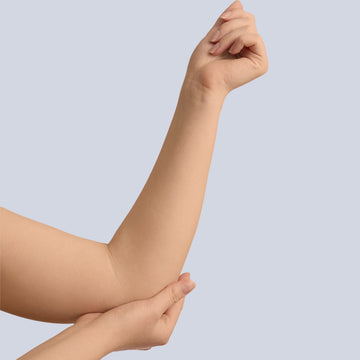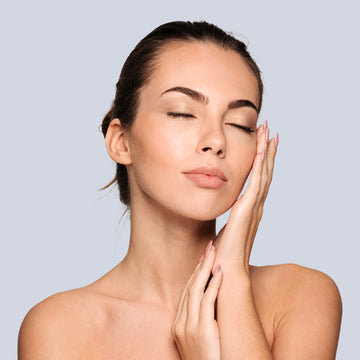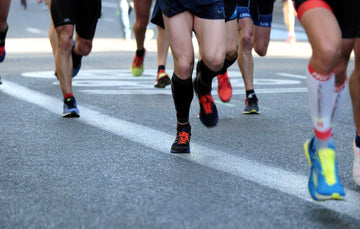Posted by Tia Patel | APR-12-2021

Running with Hay Fever
Hay fever is a condition which affects up to 1 in 4 people at some point in their life (NHS) with the UK having one of the highest prevalence rates in the world.
Hay fever is a type of allergy caused by an overreaction of the body’s immune system to pollen. An allergy to pollen causes inflammation on the inside of the nose and spreads to the sinuses, eyes and throat. You can be allergic to different types of pollen which are released at different times of the year: tree pollen (released in spring), grass pollen (released from the end of spring to the start of summer) and weed pollen (released in late autumn).
Keep reading to find out the most common symptoms and how to treat them and the effect of hay fever on running.
Symptoms of Hay fever
The symptoms experienced by hay fever sufferers vary depending on the weather conditions and pollen count. This can change the severity of hay fever and is the reason why your symptoms may be worse in some years and not others. The types of pollen you're allergic to are also a factor in the time of year your symptoms may start. The most common symptoms of hayfever include:
- frequent sneezing
- runny or blocked nose
- itchy, red or watery eyes (allergic conjunctivitis)
- an itchy throat, mouth, nose and ears
- cough, caused by postnasal drip (mucus dripping down the throat from the back of the nose)
Even though your hay fever symptoms may be mild, they can interfere with your sleep and your daily activities.
How to get relief from Hayfever?
Whilst there's currently no cure for hay fever and you cannot prevent it, there are things you can do to ease your symptoms when the pollen count is high which don’t involve taking medications:
- put Vaseline around your nostrils to trap pollen
- wear wraparound sunglasses to stop pollen getting into your eyes
- shower and change your clothes after you have been outside to wash pollen off
- vacuum regularly and dust with a damp cloth
- buy a pollen filter for the air vents in your car and a vacuum cleaner with a HEPA filter.
- applying a heated compress to your nose, cheeks, and forehead. Warming up the area increases blood flow and stimulates the body's own natural congestion fighting ability. Heat also radiates through the skin into the body, naturally loosening mucus, providing relief from symptoms.
- Use a cold gel eye mask around the eyes and forehead area to soothe inflammation and soothe allergic reactions.
Running with Hayfever
Hay fever can weaken nasal flow by up to 80 per cent, affecting your breathing and cardiovascular performance. With your immune system working hard to overcome the symptoms of hay fever, your body will naturally be more tired which affects your concentration. Here’s 3 tips for running with Hayfever:
- With symptoms intensified by high air pollution in towns and cities, running away from main roads and central areas can hugely decrease the amount of pollution in the air and leave you feeling in better health.
- Run in areas that have less vegetation that others. We know it's tempting to run in the park but green areas are filled with pollen.
- Plants release pollen in the early morning and late afternoon, changing the time that you run could make a huge difference. Though be cautious of running at lunchtime during the warmest part of the day. It is essential that you stay hydrated.
Happy running, and let us know what you do to treat your symptoms of hay fever.
#TeamGPD
